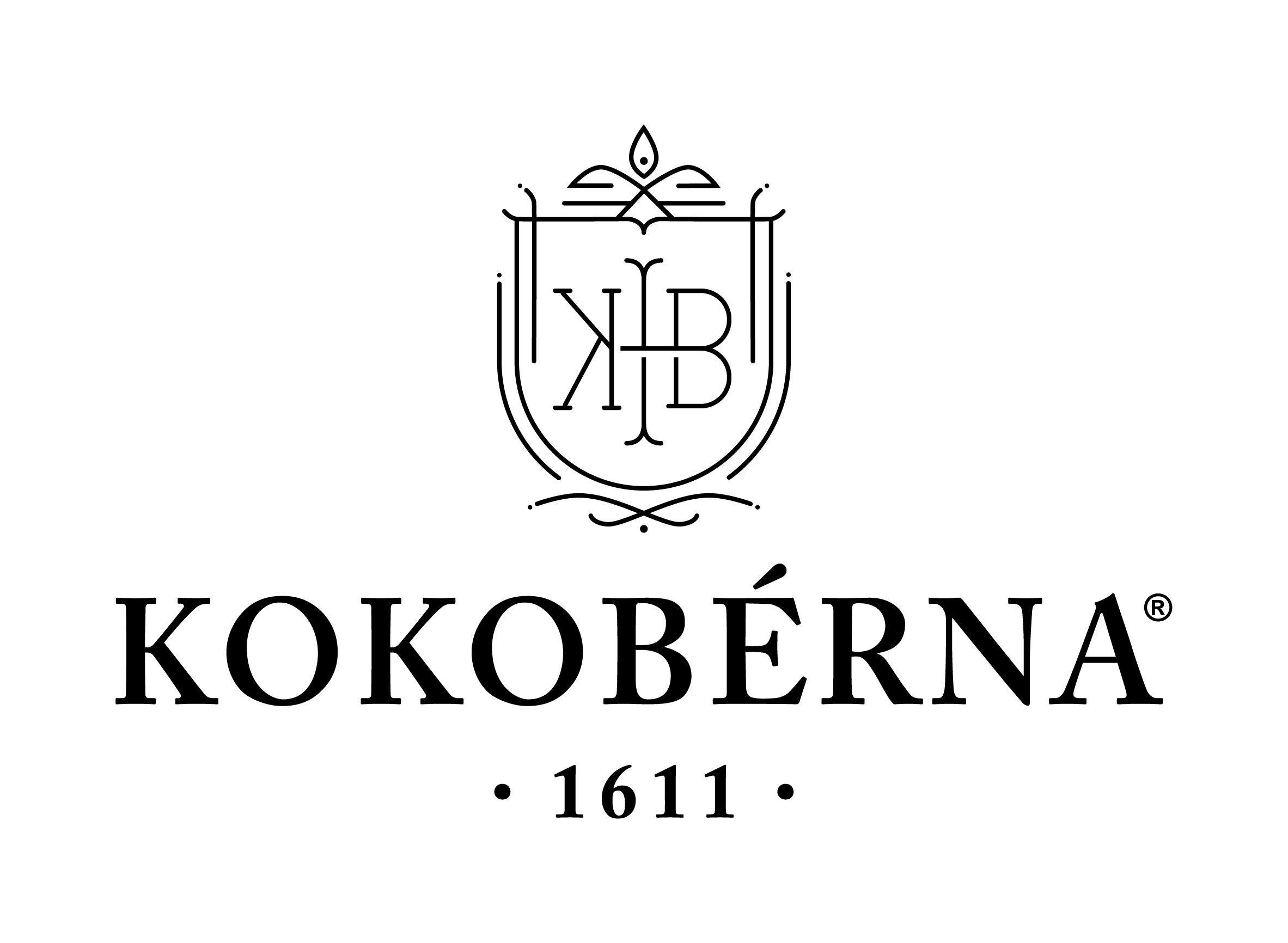Article: Hyperpigmentation + Melanin-Rich Skin

Hyperpigmentation + Melanin-Rich Skin

The skin care industry is way behind when it comes to serving multicultural skin tones with high-quality efficacious products. The truth is the skin structure is the same for all human beings albeit a significant difference across skin tones... melanin pigments.
A FEW FACTS
- Melanin pigments give color to hair, skin, eyes, the brain, and glands for all living organisms, in various concentrations.
- Its secondary function is to protect the deeper layers of the skin against UV radiation.
- The fallacy that melanin determines ethnicity and is limited to darker-skinned tones, is inaccurate.
- Yes, multicultural skin typically has higher amounts of melanin. However, not all multicultural skin have pigmentation issues whether dark- medium- or lighter-skin toned.
- Multicultural skin is generally more compact and elastic with limited skin sensitivities and reduced signs of aging.
WHAT TRIGGERS EXCESS MELANIN PRODUCTION?
- The basal cell layer contains cells called melanocytes. Melanocytes produce the skin coloring or pigment known as melanin, which gives skin its tan or brown color and helps protect the deeper layers of the skin from the harmful effects of the sun.
- However, with the top layer of skin being thin and with sun exposure, melanocytes in the lower dermal layer release excess melanin and excess collagen to protect the skin's coloring. This happens every time there is sun exposure and wound trauma and leads to hyperpigmentation, keloid scarring, and post-inflammatory hyperpigmentation (PIH).
- When not properly cared for, skin that has higher melanin concentration is highly susceptible to dryness and dullness in addition to the aforementioned issues.
- When the skin aging process shifts mid 30s into your 60s, moisturizing, hydrating, exfoliating, and limiting sun exposure to under 15 minutes a day is best.
- Lasers/ light treatments exacerbate PIH on darker-skinned tones.
- Bleaching the skin (wound trauma) intensifies existing dark marks.
- Anti-aging treatments marketed to multicultural skin tones are best for wrinkle-prone skin types.
- Electronic cleaning brushes significantly irritates the skin and damages the skin's hydrolipidic acidic mantle overtime and with overuse. During the wound healing process and melanocytes working very hard to restore the skin, dark marks and blemishes appear. On lighter-skinned tones, it shows up as redness.
- Jade/ crystal rollers are not recommended either. We all have healing hands; they fit your face perfectly and the skin loves this act of self-love and self-care.
WHAT WORKS
- Invest in high-quality #skincare.
- Frequently exfoliate entire body to minimize appearance of cellulite, dark marks, and smooth dull, rough, ashy skin.
- Topical acid toners applied overnight exfoliate, hydrate, and strengthen facial skin.
- Daily face and neck massage for 1 minute with hands.
- Apply sunscreen after treatments and before makeup.
- Completely remove sunscreen in evening using #doublecleanse method.
- For smooth, hydrated skin that glows and is even toned with resilient skin barrier function, we recommend KOKOBÉRNA products.
WHO WE ARE
KOKOBÉRNA is not your conventional beauty company. We do not intend to become one. Instead, we focus on the long-term and aspire to do no evil for customers who care foremost about quality and helping us in our mission to make the world a better place.*
*
*
*
*
kokoberna, melanin, hyperpigmentation, keloids, dry skin




Leave a comment
This site is protected by reCAPTCHA and the Google Privacy Policy and Terms of Service apply.